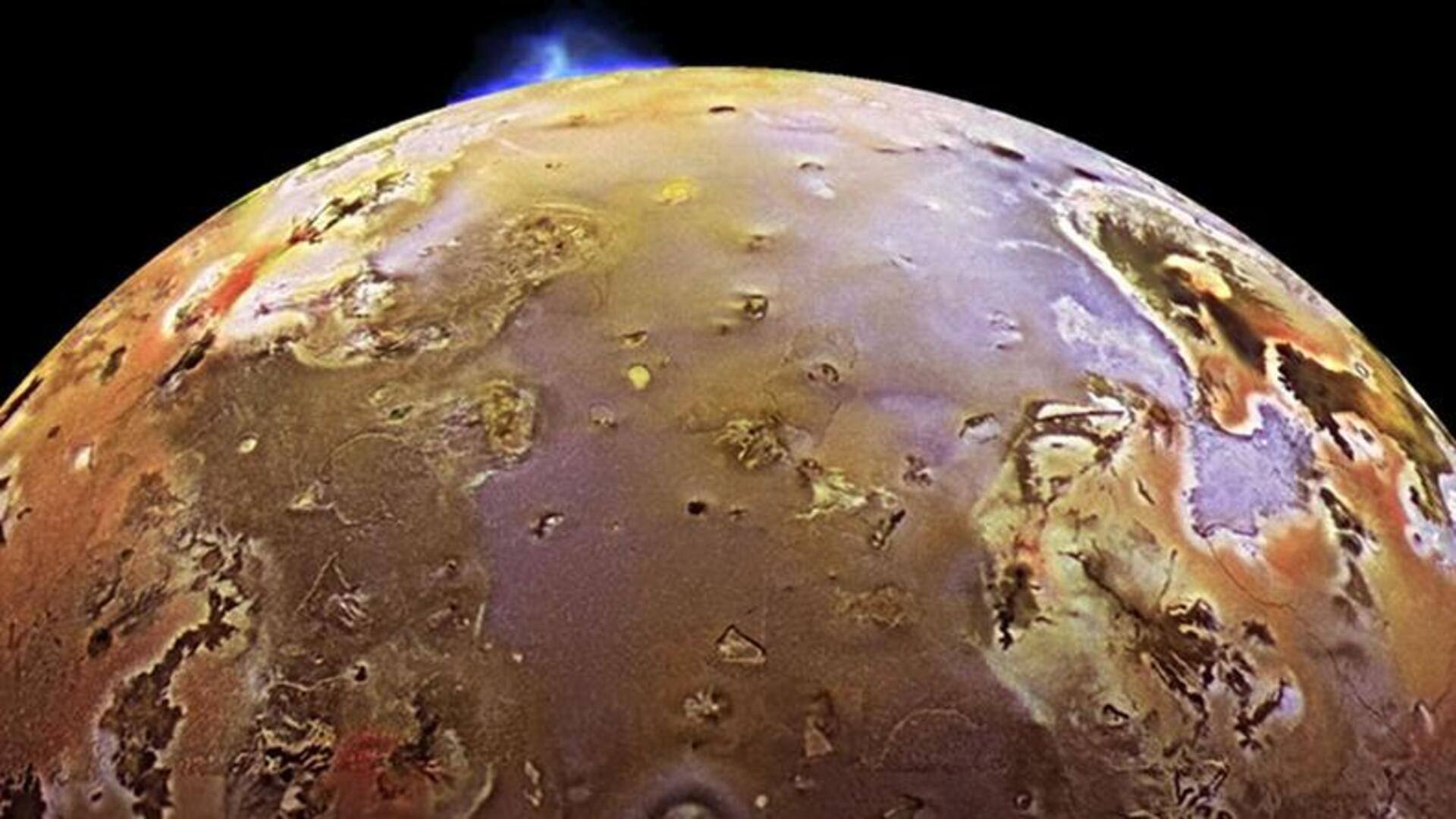
JWST, Hubble to help NASA's Juno Probe study Jupiter's moon
What's the story
The James Webb Space Telescope (JWST), Hubble Space Telescope, and NASA's Juno spacecraft are joining forces to study Jupiter's moon, Io, which is the most volcanically active world in the solar system. The Southwest Research Institute (SwRI) will lead the investigation, using data from Hubble and JWST to better understand Io's extreme volcanism and its impact on the Jovian system. The data will particularly be used to guide Io as it makes flybys of the Jovian moon in the future.
Details
The mystery behind Io's extreme volcanic activity
Jovian moon Io, which measures slightly larger than Earth's Moon, is believed to be home to hundreds of volcanoes, some spurting lava several kilometers high. Io is the innermost of Jupiter's four largest moons, also called the Galilean moons, which include Europa, Ganymede, and Callisto. "Io's remarkable activity is the result of a tug-of-war between Jupiter's powerful gravity and smaller but precisely timed pulls from two neighboring moons that orbit farther from Jupiter-Europa and Ganymede," per NASA.
Investigations
Holistic approach to study Io
Io's intense volcanic activity affects the entire Jovian system. Particles escaping its atmosphere are known to become trapped in Jupiter's magnetic field, forming a donut-shaped cloud called the Io Plasma Torus (IPT). However, more research is needed to better understand the connection between Io's volcanism and the IPT. The SwRI aims to answer these questions by adopting a holistic approach, one that furnishes more data than Juno alone can provide.
Significance
Flyby of Io in September will be an important one
Juno has been investigating Jupiter and its system since 2016, making several flybys. The mission will soon make a distant flyby of Io on September 20 and that will be of particular interest to researchers. This flyby will be planned in such a manner that Hubble and JWST will also be able to observe the moon simultaneously, along with Juno. The two telescopes will work in tandem to complement the observations of Juno.
Insights
Why the collaboration with the telescopes is crucial
While there are missions planned to investigate Jupiter and its moons, such as the Europa Clipper and Jupiter Icy Moons Explorer (JUICE), neither of them will pass by Io. JUICE, which launched in April, will reach Jupiter only by July 2031. According to SwRI, this means that another chance for similar observations of Io may not arise until at least the 2030s, making this collaboration all the more crucial.